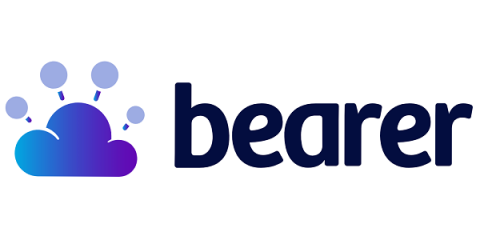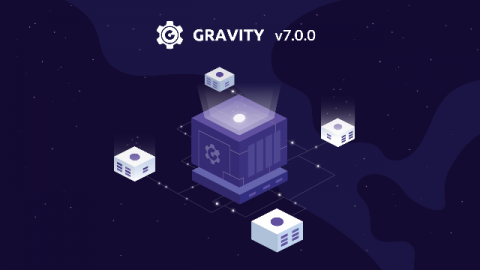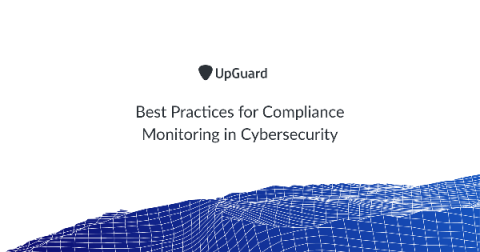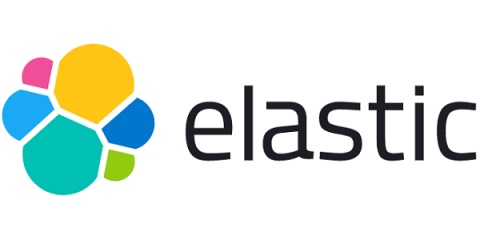What is GraphQL?
GraphQL is a query language for APIs and a set of tools that enable sending and processing queries. While originally developed at Facebook, it has since grown beyond the social network's specific use case. Essentially, the client describes the type of data they want, and the server delivers only that data. At Bearer, we use GraphQL internally to drive our dashboard.











